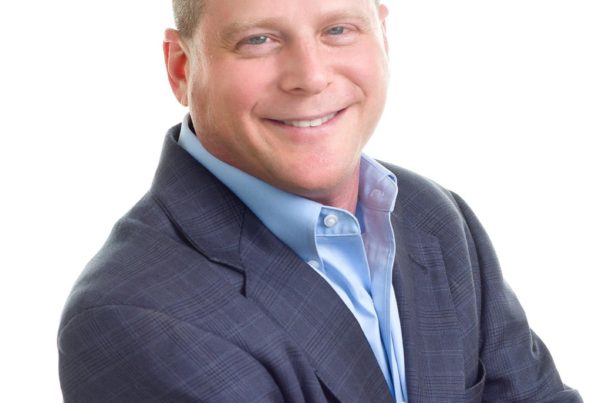(This column originally appeared in The Daily Herald)
According to many studies, like one from the National Council on Aging, people are not putting away nearly enough for retirement.
To address this crisis, Congress in 2019 passed legislation called the SECURE Act, which incentivized both businesses and individuals to save more. But the act didn’t go far enough, so last December additional legislation was passed — SECURE 2.0 — which adds even more incentives for both individuals and business owners to start and expand their retirement plans.
“Taking advantage of the features of SECURE 2.0 is vitally important for business owners, especially small business owners,” said Philip Shaw, a senior advisor at Goldstone Financial Group in Oakbrook Terrace. “Employers who take advantage of the legislation will be able to better recruit and retain talent.”
So what provisions of SECURE 2.0 are important for a small business owner? Here are few you should be considering.
Tax credits
Starting this year, employers with less than 100 employees can receive tax credits for starting up a new 401(K) defined contribution retirement plan, requiring their employees to automatically enroll in their plans and for when they match employee contributions up to $1,000 to their 401(K) plans.
The credits decrease for companies with more than 50 employees and are subject to time and compensation limitations. These credits make setting up a plan more affordable and the more your employees put away for retirement, the more you can put away for yours.
Student loan match
Another great way to attract and retain younger workers is to help them save for retirement, but unfortunately many have other obligations like student loans. Before SECURE 2.0, employers could only match their employees’ contributions to their 401(K) plans. Now they’re allowed to include an employee’s student loan repayments as part of that matching calculation.
This provision takes effect in 2024 and the rules defining the types of student loans and other provisions are still in process of being finalized.
“I spend a lot of time with people that regret not having signed up for a retirement plan earlier,” Shaw said. “Younger folks look at these things and say they don’t need to be saving for retirement because they can do that later. What they don’t realize is time is the best thing they have on their side. Matching their student loan repayments is a great way to get them started.”
Required minimum distributions and catch-up provisions
People are living and working longer and SECURE 2.0 addresses that too. Older workers can now wait until they’re 73 before being required to take distributions from the 401(K) plan and ultimately this age limit increases to 75 in 2035. In addition, certain “catch-up” contributions have been increased so that older workers can put more money away faster for their retirement.
“I have clients with employees that are in their 70s and oftentimes they’re the most productive and experienced people,” said Rodney Piercey, an estate planner and financial expert based in Barrington. “Allowing them to keep putting away money for retirement without requiring them to withdraw anything is a very good benefit.”
Roth contributions
Piercey is also excited about the new legislation’s provisions that allow employers to make after-tax contributions to their workers’ Roth 401(K) accounts, which have been growing in popularity. Amounts saved can then grow tax free with no penalties on withdrawal.
In addition, individuals who have leftover amounts in their 529 savings plans — which allows them to save after-tax money to be used for higher education expenses — can now also transfer those amounts (with some limitations) into their Roth plans.
“Many of my clients have funds left over in their 529 plans, so this gives them the ability to rollover these funds for retirement without having to pay any penalties,” he said.
Shaw agreed.
“Most employers I know don’t even have a Roth option,” he said. “But I expect this to change because there are potentially significant tax savings for people who put money into these accounts and let them grow tax-free over a period of time.”
Part-time workers and emergency payments
Many employers have part-time workers and allowing them to participate in a retirement plan could help retain them longer. Starting next year part-time employees who work between 500 and 999 hours for two consecutive years can participate in their employer’s 401(K) plan and all employees can withdraw up to $1,000 per year without penalty for “emergency” expenses (which are still yet to be completely defined).
This is just a partial look at the advantages that SECURE 2.0 provides, and both Piercey and Shaw advise business owners to speak with their benefits and financial advisors to more fully understand all the benefits that are available under SECURE 2.0 because in these times of tight labor, offering good retirement benefits could be the difference between finding (and retaining) or losing that great worker.
“Offering as many things as you can to retain talent is critical for a business owner right now,” Shaw said. “When you contribute to your employees, they’re a lot more likely to contribute back to you and your business.”

